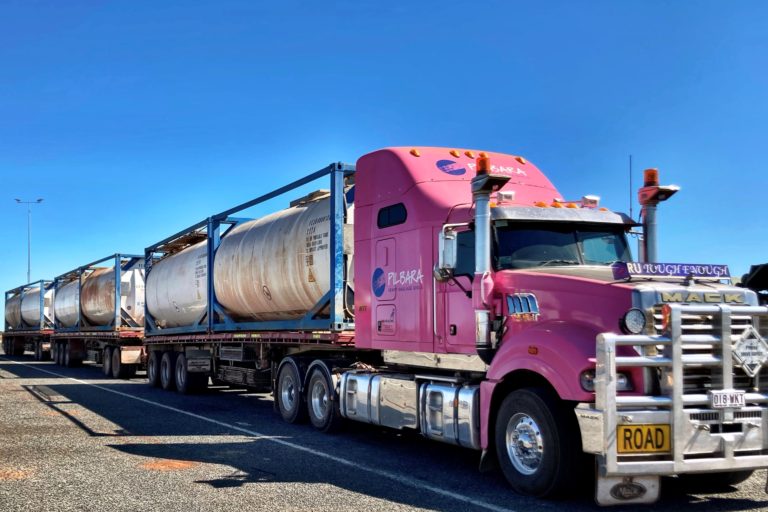By Neena Bhandari
(Opinion piece in Business Standard): With the “uranium irritant” out of the way, the year ends on a promising note for Australia-India bilateral relationship, setting the momentum for deeper strategic, defence and economic ties.
Once the Julia Gillard Cabinet formally approves uranium sales early next year, negotiations will begin on a bilateral nuclear safeguards treaty. Analysts say it will help fast-track the free trade agreement negotiations between the two countries and also encourage Indian companies to invest in Australian uranium mines.
Australia’s Defence Minister Stephen Smith said the uranium export decision reflected India’s global standing and predicted that it would become “one of the world’s three great powers”, along with the US and China. But the decision to revoke the long-standing Australian Labor Party policy banning uranium exports to India has revealed deep dissensions among ministers in the Gillard government and energised the nuclear power debate in both countries.
Opponents of nuclear energy argue that it will fuel a nuclear arms race in the sub-continent and undermine multilateral agreements on nuclear proliferation. New analysis by a Washington-based independent research organisation, Worldwatch Institute, indicates that countries are turning to other energy sources as a result of high costs of nuclear electricity production, low demand, lower natural gas prices and concerns about health and safety.
Australia could expect to sell around 2,500 tonnes of uranium a year to India by 2030, which on current values would generate around A$300 million in export sales. However, sales of this value were not guaranteed.
In recent years, many Indian mining and IT companies have been investing in Australia in a big way. A decade ago, when Pankaj Oswal set out to build one of the largest liquid ammonia plants in the resource-rich state of Western Australia, his stellar rise attracted admiration and envy. In December 2010, his Burrup Fertilisers Pty Ltd (BFPL), a subsidiary of Burrup Holdings Limited, went into receivership. This month, receivers for the Australia and New Zealand (ANZ) Bank put up Oswal’s 30 per cent stake and his wife Radhika’s 35 per cent shares in Burrup Holdings Limited for sale. The sale process is expected to be completed by February next year. Their spectacular fall, involving a quagmire of legal proceedings, may make some investors uneasy.
Housing has been another sector attracting Indian investment. Punjab-born Nirmal Singh Bhangoo, one of India’s largest land owners and founder of the Pearls Global Group, is becoming an important player in the Australian property and development sector. Pearls Australasia, his Australian property arm, entered the Australian market in 2009 with the purchase and ongoing A$20-million refurbishment of the Sheraton Mirage Resort on the Gold Coast. It has invested heavily in a joint venture with Queensland’s Metro Property Development to build over 1,000 apartments in inner Brisbane and 1,000 land lots on the northern outskirts of Melbourne. It has also announced an A$75-million plan to construct 144 waterfront residences and apartments on the Gold Coast. The company is expanding its patented MiiHome building system to meet local and international demand for affordable, remote area housing, and workers accommodation requirements arising from the mining boom.
India and Australia bilateral trade was worth A$ 12.5 billion in 2010-11. India exported goods worth A$ 1.7 billion and imported goods worth A$ 10.8 billion from Australia. India imports coal, gold, copper ores and concentrates, and petroleum from Australia and exports pearls, gems, other jewellery, rotating electric plants and pharmaceutical products.
Recently, Adelaide-based The Jewellery Group (TJG) Pty Ltd that operates the Zamel’s and Mazzucchelli’s retail jewellery brands has formed a strategic partnership with a leading manufacturer of cut and polished diamonds — Mumbai-based M Suresh Group DMCC.
And as Christmas festivities kick in, many in India will be raising a toast with an Australian red or white wine. Australia exported A$3.5 million worth of wine to India in the 12 months to January 2011. But in a submission to the Department of Foreign Affairs and Trade, Wine Australia has raised concerns about the standard import duty of 150 per cent and a number of state-level taxes on wine exports to India.
Opportunities abound and it is for both countries to embrace them. The Northern Territory and Victorian governments are planning trade missions to India to encourage trade and investment and the Australian government will present the biggest ever cultural festival in India from October 2012 to January 2013.
About 100,000 Australian visas were issued to Indian business personnel in 2010-11 and people of Indian origin are fast moving towards two per cent of Australia’s nearly 23 million population. As people-to-people links grow, adding cheer this holiday season is the alliance between Singapore Airlines and Virgin Australia, which includes new international and domestic routes, including connections to India. By mid-2012, Singapore Airlines’ long-haul budget airline, Scoot, will begin daily flights between Sydney and Singapore, adding 400 airline seats a day and providing cheap fares for destinations in Asia, including India.
More flights at competitive prices will enhance trade and tourism. Tourism Australia and Destination New South Wales have teamed up with one of India’s popular TV shows, Bade Achhe Lagte Hain, to lure Indian visitors, who spent A$ 899 million in the year to June. The serial features, among others, the iconic Bondi beach, Sydney Opera House, Sydney Harbour Bridge and the Sydney Cricket Ground.
Cricket, indeed, has been an enduring symbol of this bilateral relationship. As Australia hosts India in the traditional Boxing Day first Test match at the Melbourne Cricket Ground, acclaimed cricket columnist and commentator Peter Roebuck will be much missed.
© Copyright Neena Bhandari. All rights reserved. Republication, copying or using information from neenabhandari.com content is expressly prohibited without the permission of the writer and the media outlet syndicating or publishing the article.


